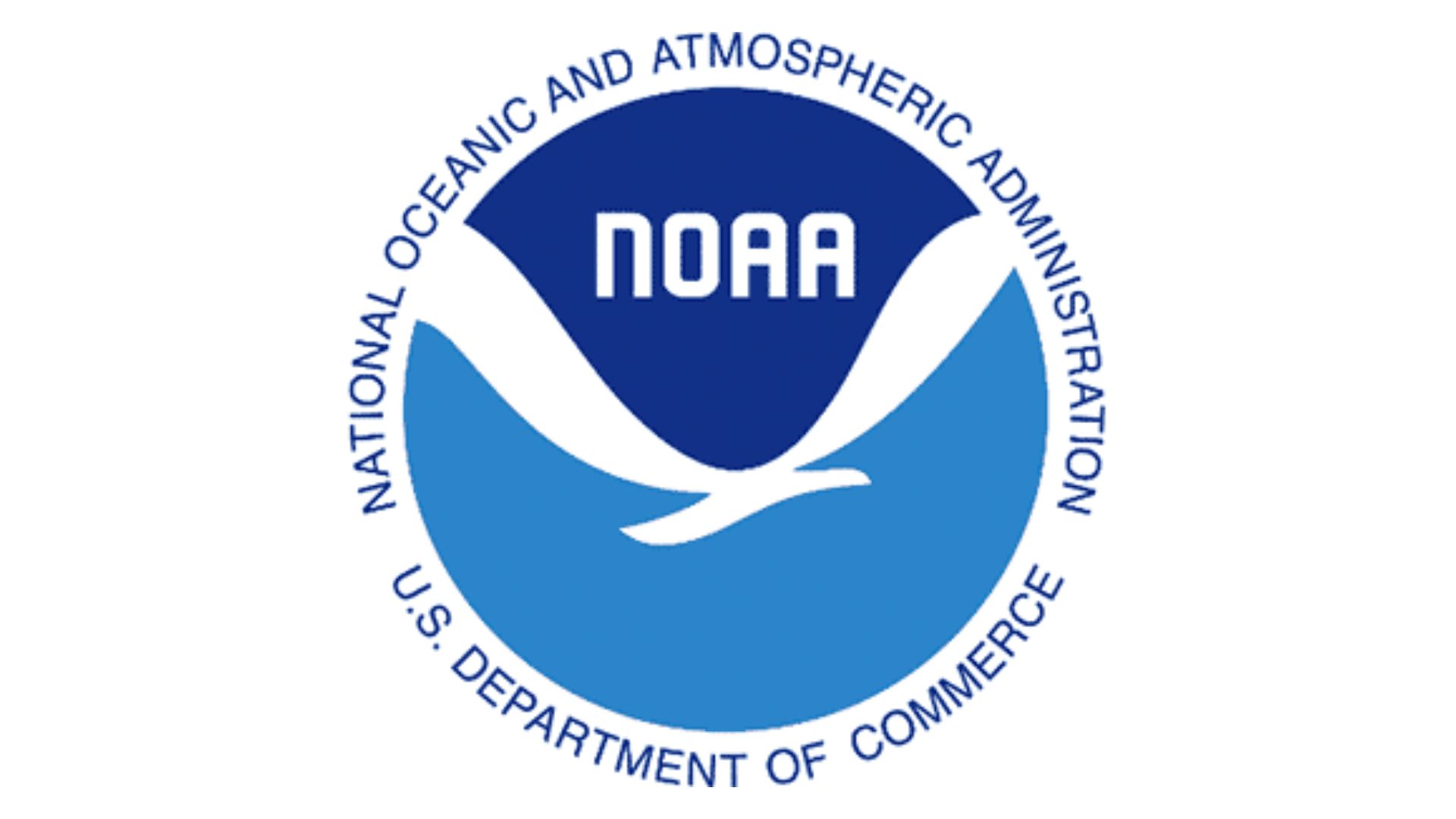Local News
National Weather Service and Monroe County emergency officials to hold free Skywarn training session for winter storm spotters in Rochester this November

Monroe County, New York – Residents of Monroe County will have an opportunity this fall to learn how to help protect their community during severe winter storms. The Buffalo office of the National Weather Service (NWS), working in partnership with the Monroe County Office of Emergency Management, has scheduled a Winter SKYWARN training seminar for Thursday, November 20, 2025. The event will begin at 7:00 p.m. and will be held at the Monroe County Emergency Operations Center, located at 1190 Scottsville Road, Suite 200, in Rochester.
The SKYWARN program is a nationwide initiative designed to enhance public safety during hazardous weather events. The system relies on a network of trained volunteers who report real-time weather conditions to the NWS. These reports, often made over the phone or through online channels, play a critical role in confirming radar and satellite data. By sending in accurate descriptions of snowfall, ice accumulation, and other dangerous conditions, local spotters provide the kind of ground-level detail that technology alone cannot capture.
The work of SKYWARN spotters has been credited with saving lives during past emergencies. Officials stress that while Doppler radar and satellite imagery are powerful tools for tracking storm systems, nothing replaces a trained observer who can verify what is happening on the ground. “The services performed by SKYWARN spotters have saved many lives,” the NWS notes in its program information.
This November’s training session will cover the essentials of storm spotting and winter weather science. According to the National Weather Service, the course will give attendees an overview of the agency’s responsibilities, an introduction to basic winter weather meteorology, and a focus on safety practices. Participants will also learn how both lake effect snowstorms and large-scale snow events develop, offering a clearer understanding of the systems that regularly impact western and central New York.
Officials emphasize that SKYWARN training is not limited to meteorologists or emergency workers. “Anyone can become a winter weather spotter for the National Weather Service,” the agency explains. The session is open to the public, free of charge, and designed for people of all backgrounds. Volunteers who complete the training become part of the SKYWARN network and can begin submitting reports directly to the Buffalo NWS office whenever severe winter weather occurs.
Storm spotters are considered a cornerstone of the winter warning system. “By providing observations of snow and ice, SKYWARN spotters assist National Weather Service staff in their warning decisions and enable the National Weather Service to fulfill its mission of protecting life and property. Storm spotters are, and always will be, an indispensable part of the winter warning program,” the NWS states.
To attend the Rochester session, interested residents must register in advance. Registration is required and can be completed online through the National Weather Service Buffalo website at https://www.weather.gov/buf/Skywarn. Additional details are available on the site, along with information about SKYWARN’s history and training materials. For those who prefer direct assistance, the Buffalo NWS office can also be reached by phone at (716) 565-0204.
With winter fast approaching, officials encourage members of the community to take part in the training and become part of a network that strengthens the region’s resilience against dangerous weather. As past storms have shown, timely and accurate reports from the ground can make the difference in keeping neighbors, families, and first responders safe when heavy snow and ice arrive.

-

 Local News10 months ago
Local News10 months agoNew ALDI store close to Rochester to begin construction in late 2025 or early 2026
-

 Local News10 months ago
Local News10 months agoRochester Lilac Festival announces exciting 127th edition headliners
-

 Local News7 months ago
Local News7 months agoCounty Executive Adam Bello and members of the county legislature celebrate exceptional young leaders and advocates at the 2025 Monroe County Youth Awards
-

 Local News7 months ago
Local News7 months agoThe 2025 Public Market Food Truck Rodeo series will begin this Wednesday with live music by the Royal Bromleys